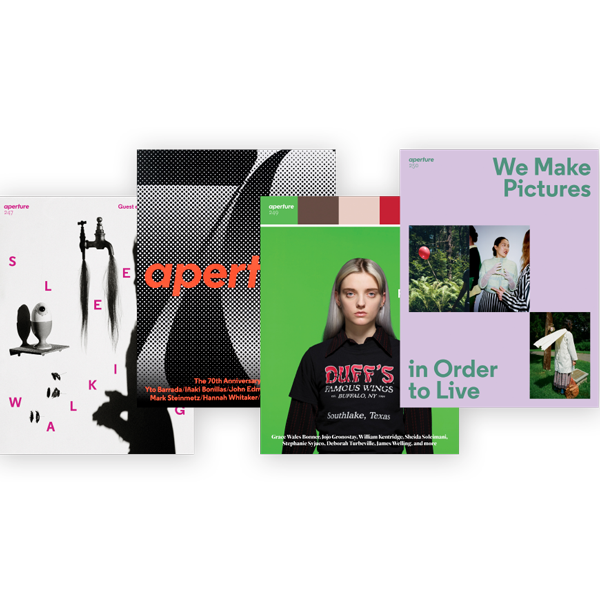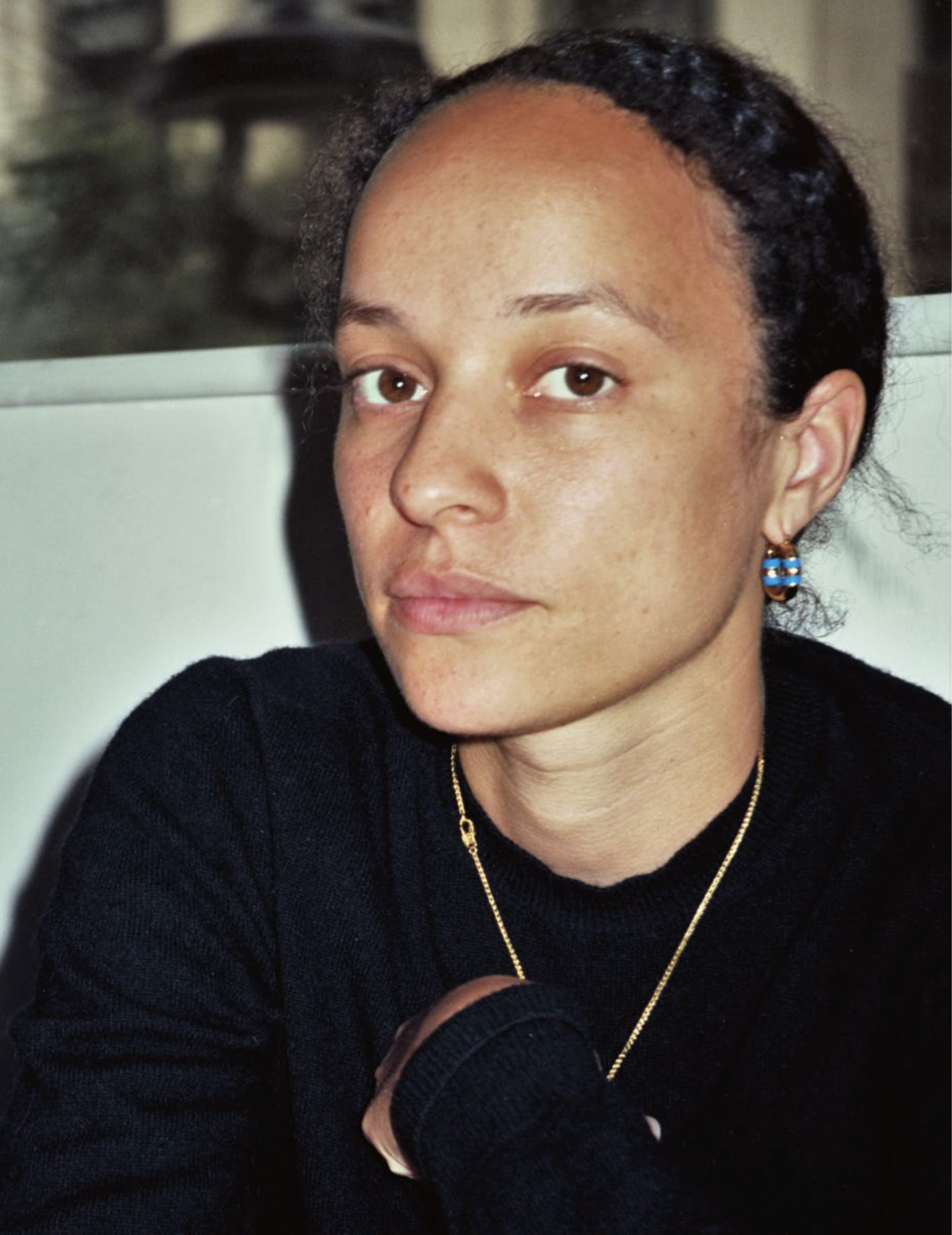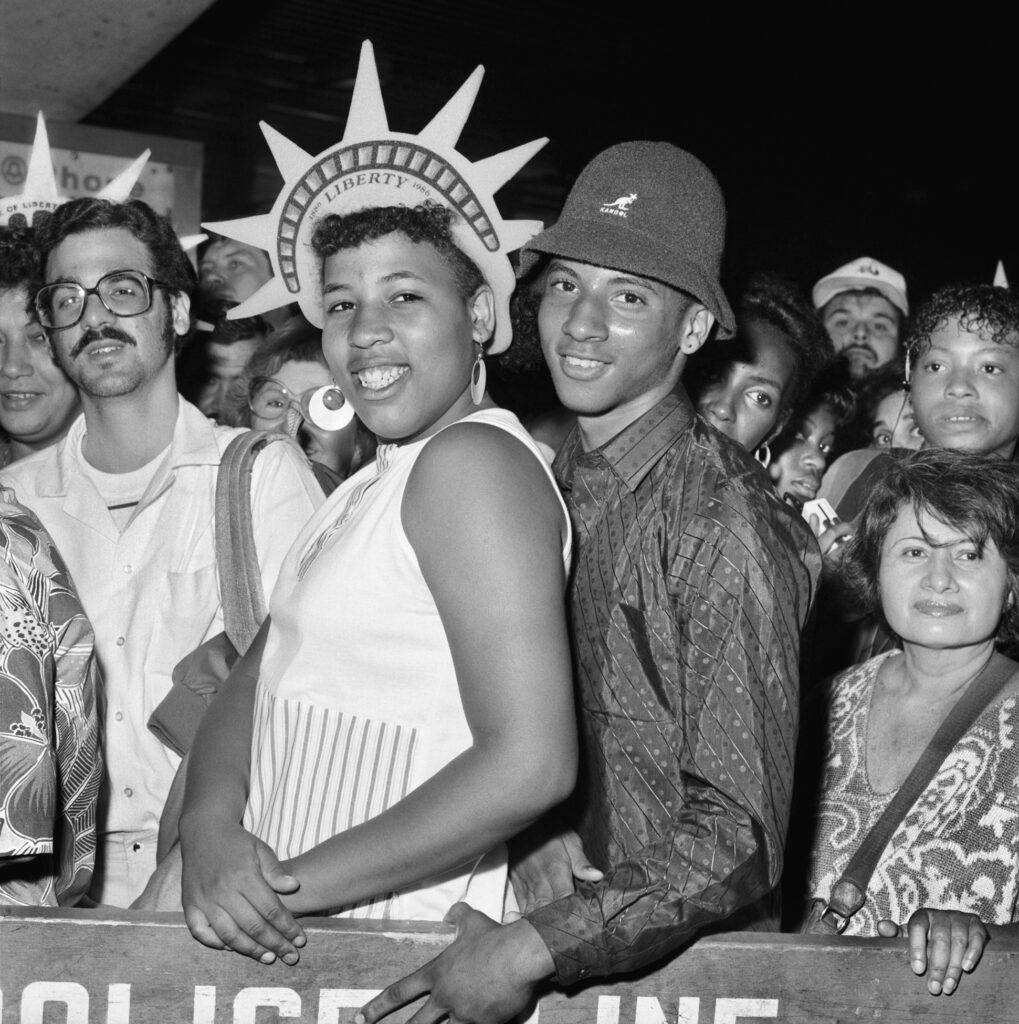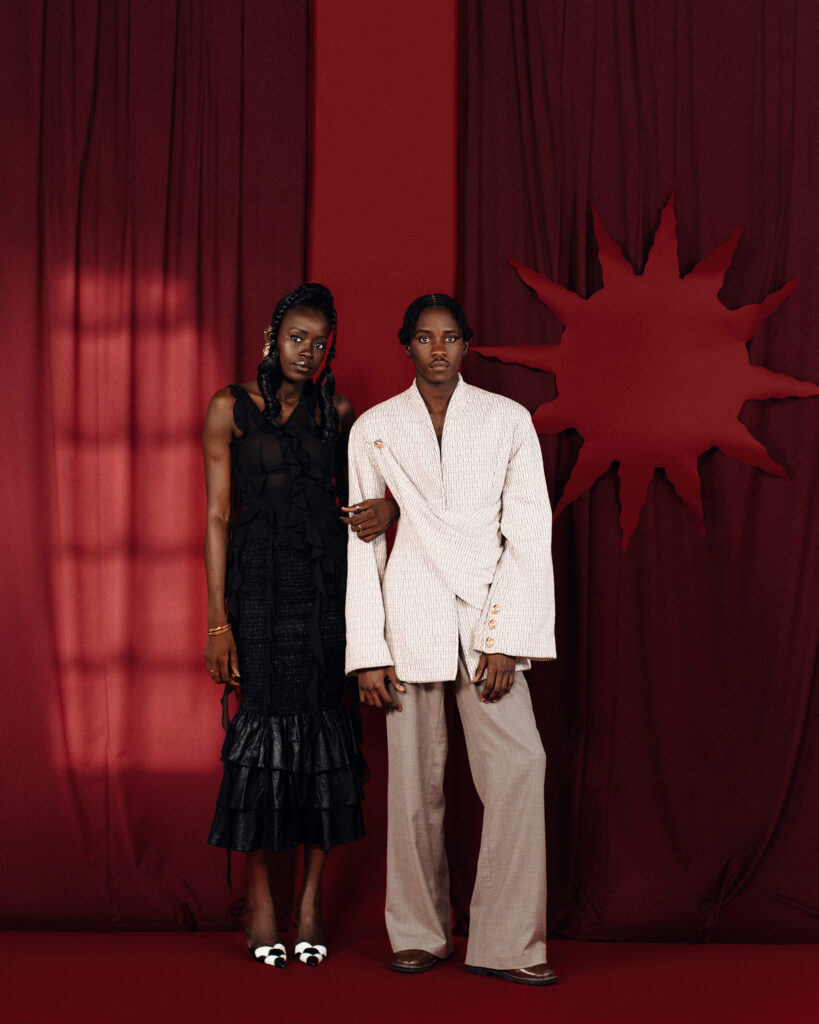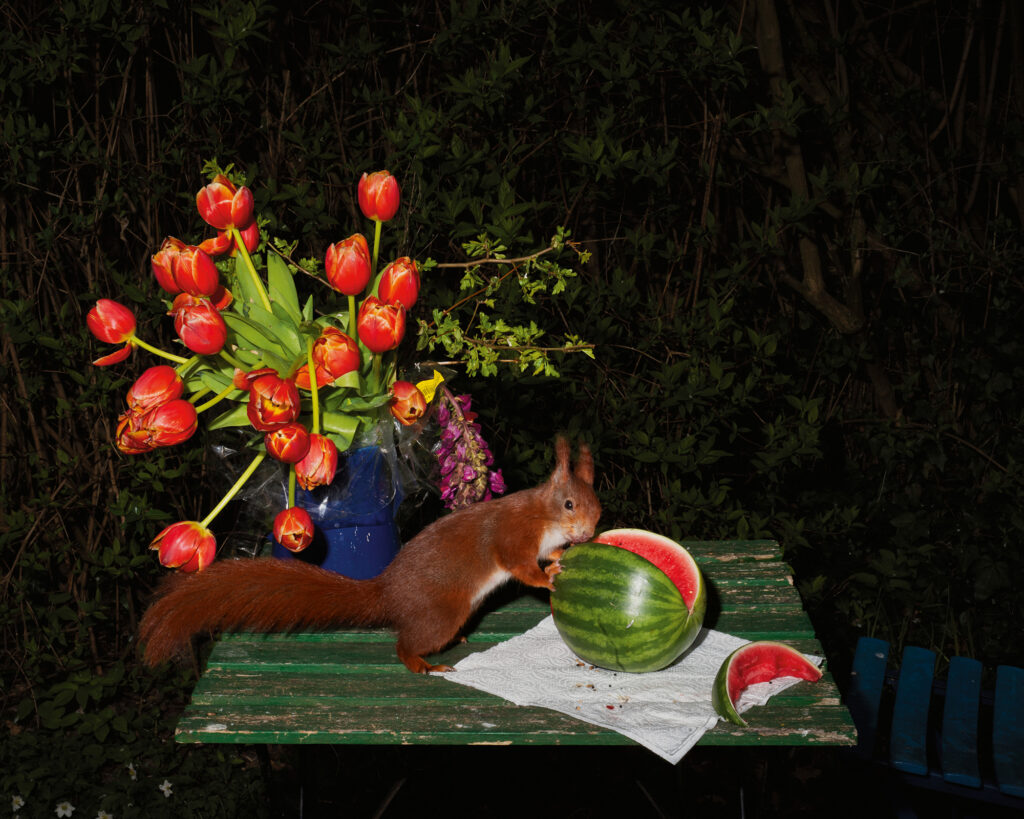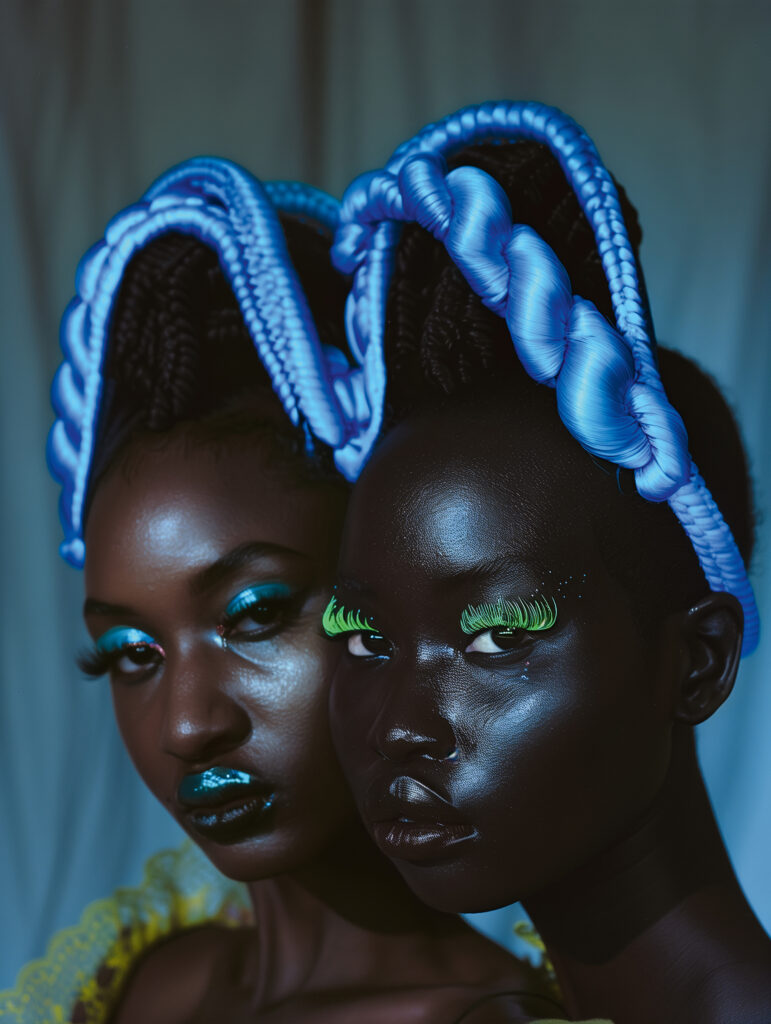Portfolios
An Artist’s Clever Reuse of the Fashion Image
In his collaborative multimedia project “The Repros,” Jojo Gronostay poses a timely critique of clothing brands, global trade, and neocolonialism.
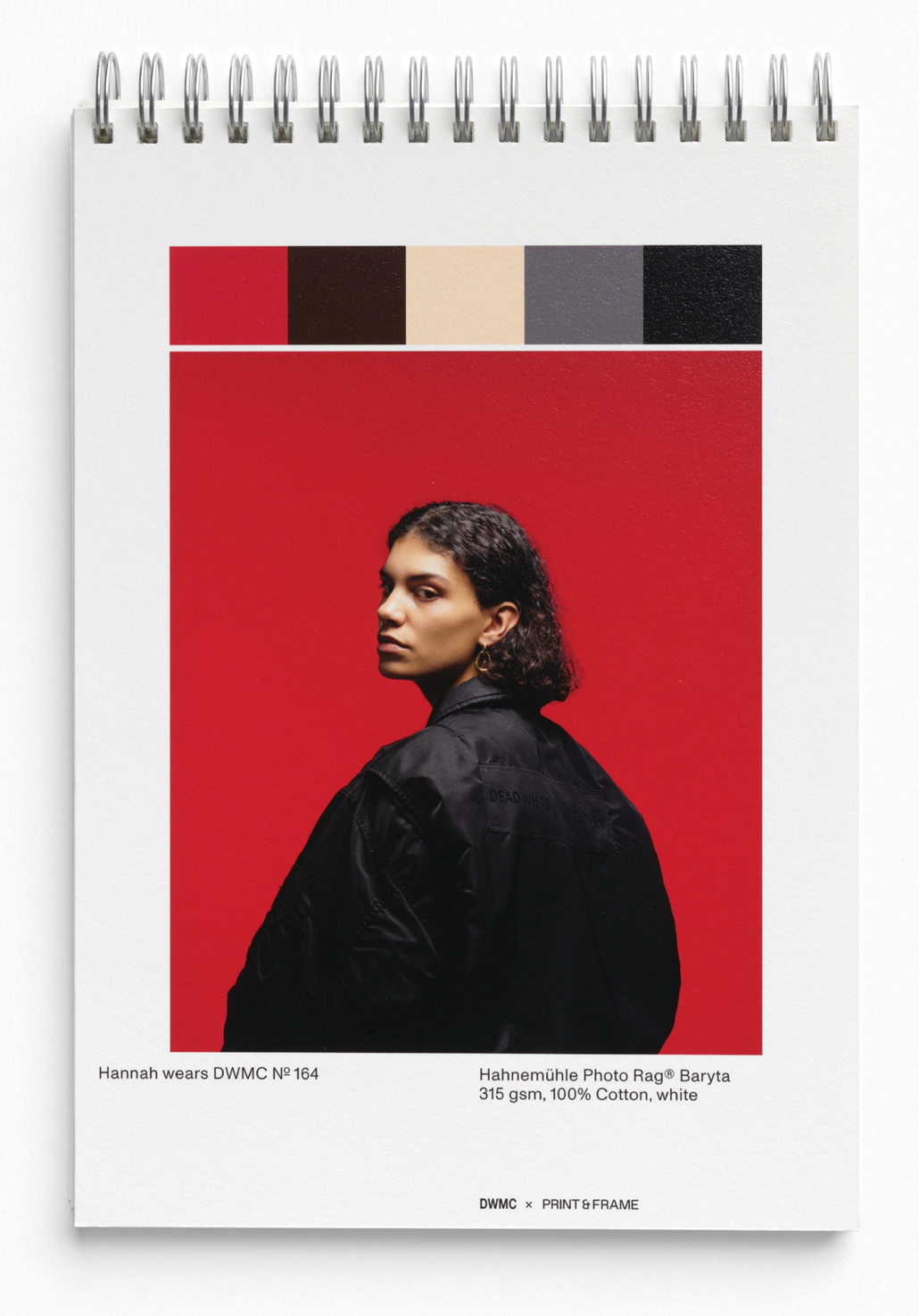
Courtesy the artist and Galerie Hubert Winter, Vienna
In 2017, the Vienna-based multidisciplinary artist Jojo Gronostay founded Dead White Men’s Clothes (DWMC), an art project styled similarly to a fashion brand, featuring upcycled garments from the Kantamanto Market in Accra, Ghana—one of the biggest collection points for used clothing worldwide. In those early days, he was strict about the categorization: “I always told everyone, ‘It’s an art project.’”
When Gronostay first exhibited the work, he built a shop of sorts inside a Vienna art gallery. Even today, despite the project having won a 2021 Austrian Fashion Award, he resists the idea of being labeled a designer. Although his work often involves restyling clothes, he does so to ask questions about recycling, economic structures, neocolonialism, and visual representation. “If you show something in an art context, people tend to look at it longer, and you have this aura of the space,” he told me recently. “In fashion, it’s something different. You have a shorter attention span.”

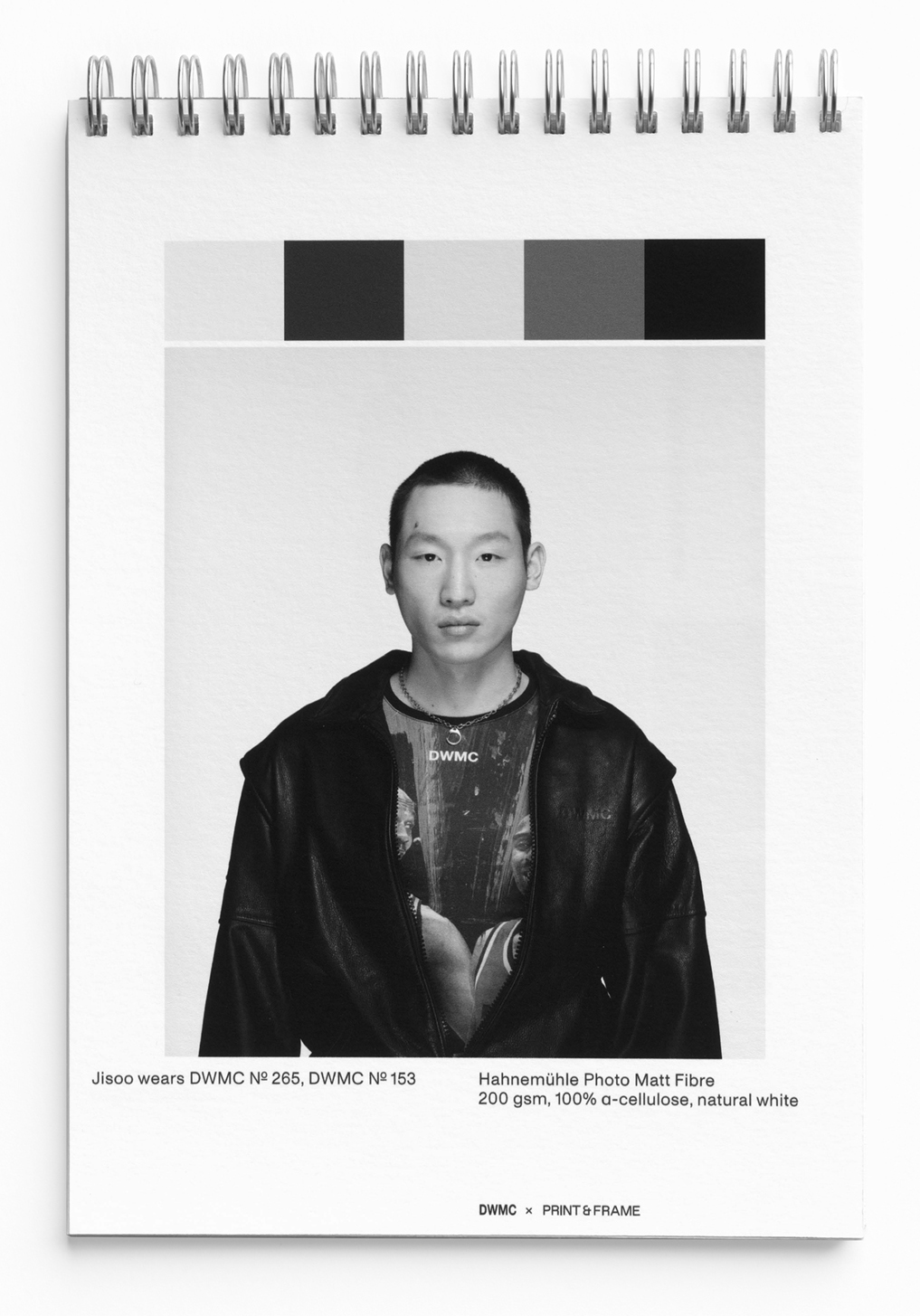
This pseudo-brand features pieces that are always one of a kind, given the nature of their creation, and are released outside of the typical collection schedule. All of this stems from Gronostay’s first visit, early in his studies at the Academy of Fine Arts in Vienna, to the packed market in Accra, a trip he took because of his interest in and research into replica clothing, which is also available in Kantamanto. “It was very quick. I thought, ‘I have to do a brand with all of this clothing.’”
Aperture Magazine Subscription
0.00
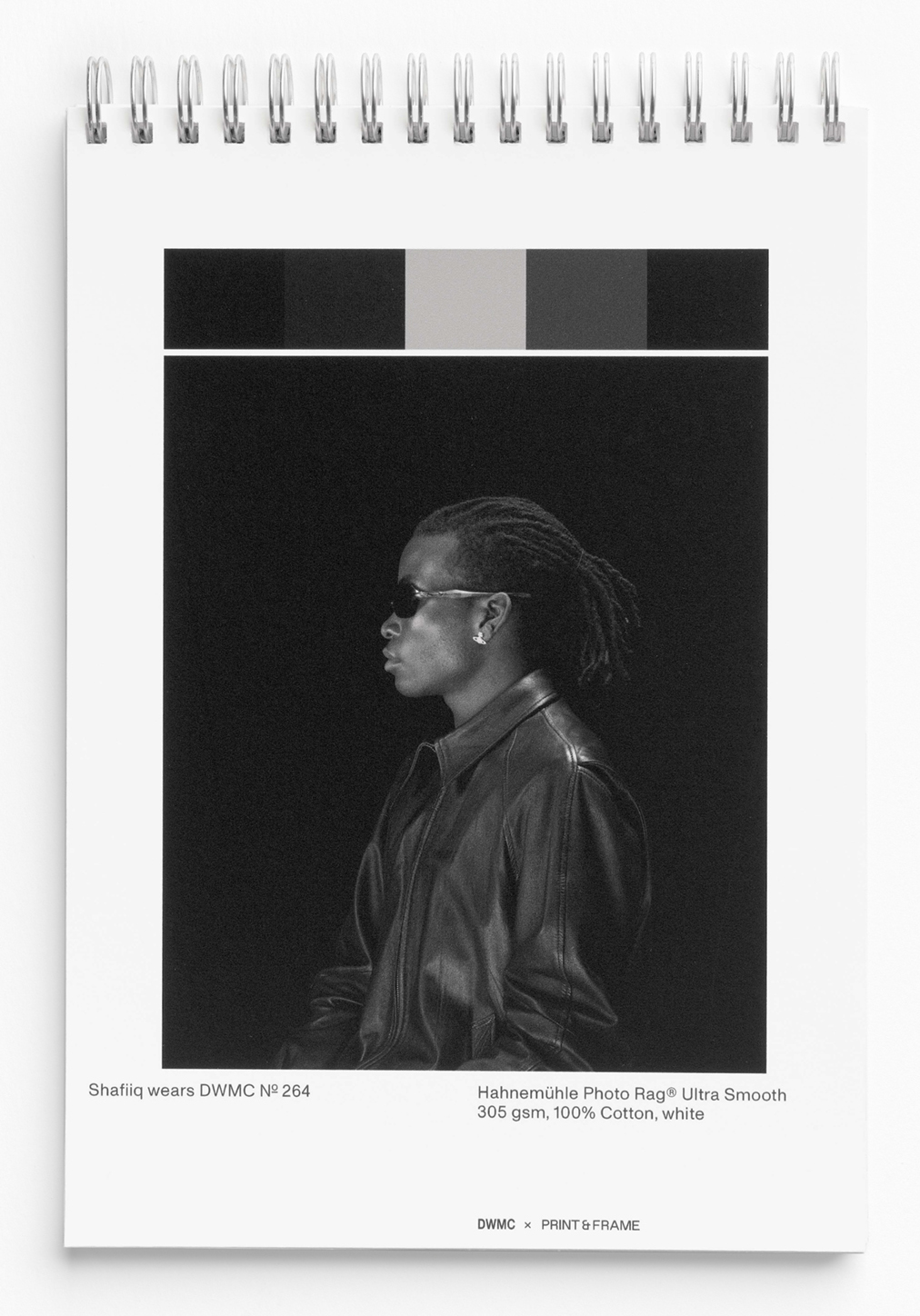

“We thought about the Shirley card,” Gronostay says, referring to an old photography-industry standard that based the correct skin tones in the printing process on a white model named Shirley. The casting of Anelli-Monti’s portraits, which feature agency-represented models, can be viewed as a response to a photography and fashion canon that established white skin as the default. The project now exists in various iterations: a sample book for the print shop, a lookbook for the label, and an art object, available for purchase through Gronostay’s gallery.
Gronostay then took it all a step further by rephotographing the lookbook himself, adopting a direct, straightforward style inspired by the New Objectivity movement of 1920s Germany, shifting the context of the original work yet again. “I think it’s also about ownership,” he says. “If I rephotograph, it becomes, maybe, more my project.” The resulting eight images make up The Repros. By wringing every last drop from its original reference, each reinterpretation adds value in layers of accrued meaning. The method falls in line with the work done at DWMC. “It’s a good thing to reuse everything and use it until the end,” Gronostay says. “But you could also see it as the ultimate form of capitalism.”
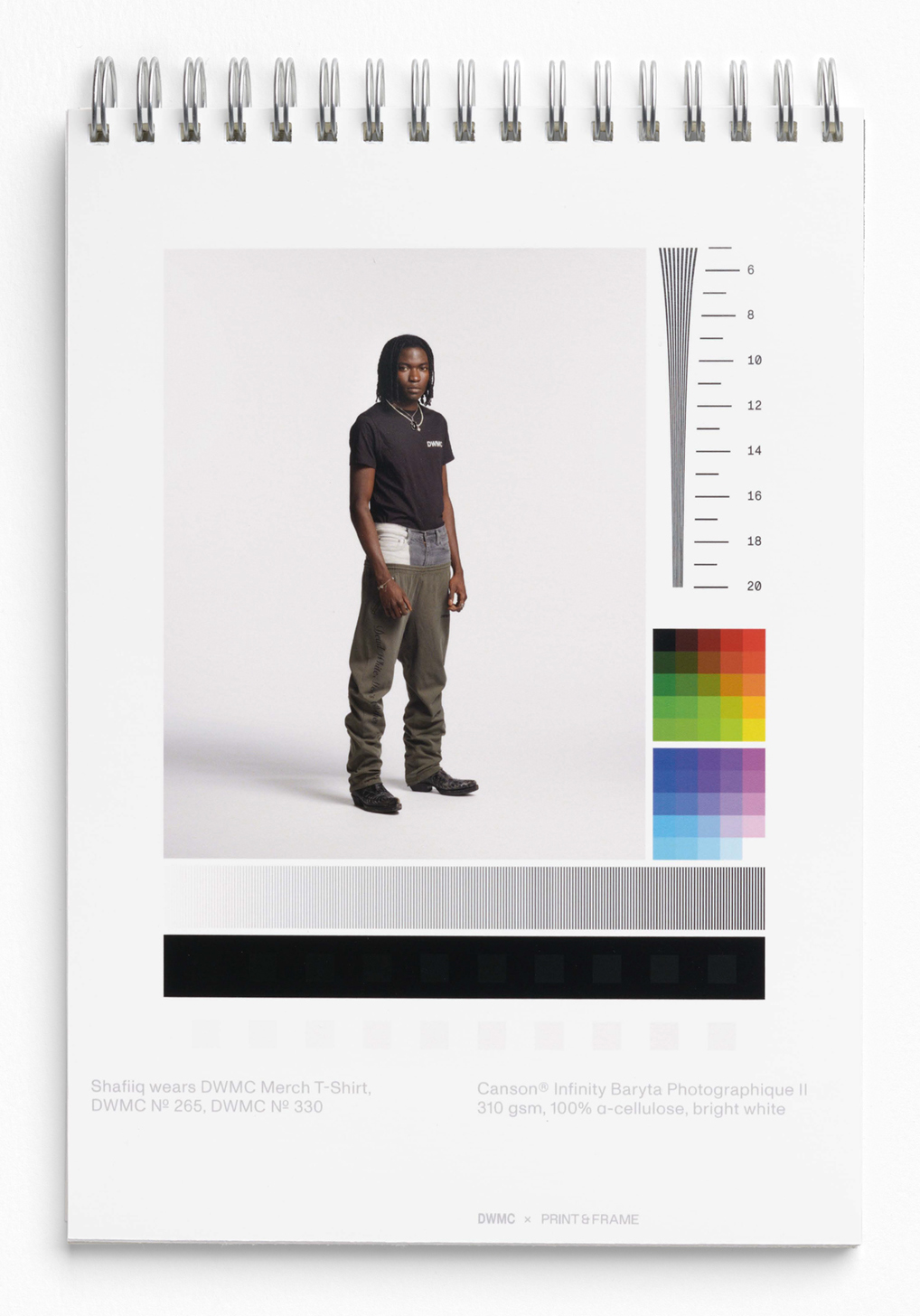
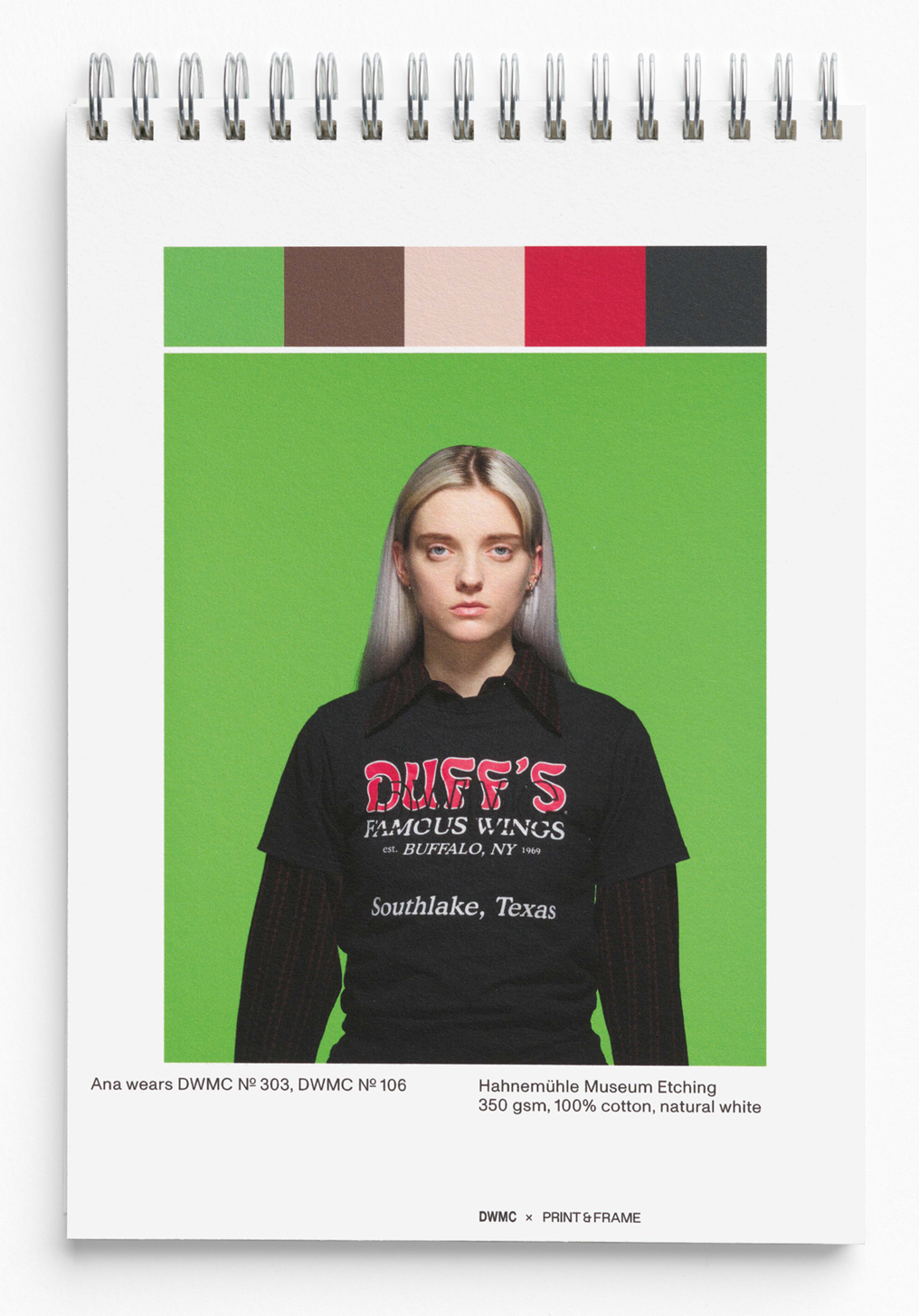
This article originally appeared in Aperture, issue 249, “Reference.”


